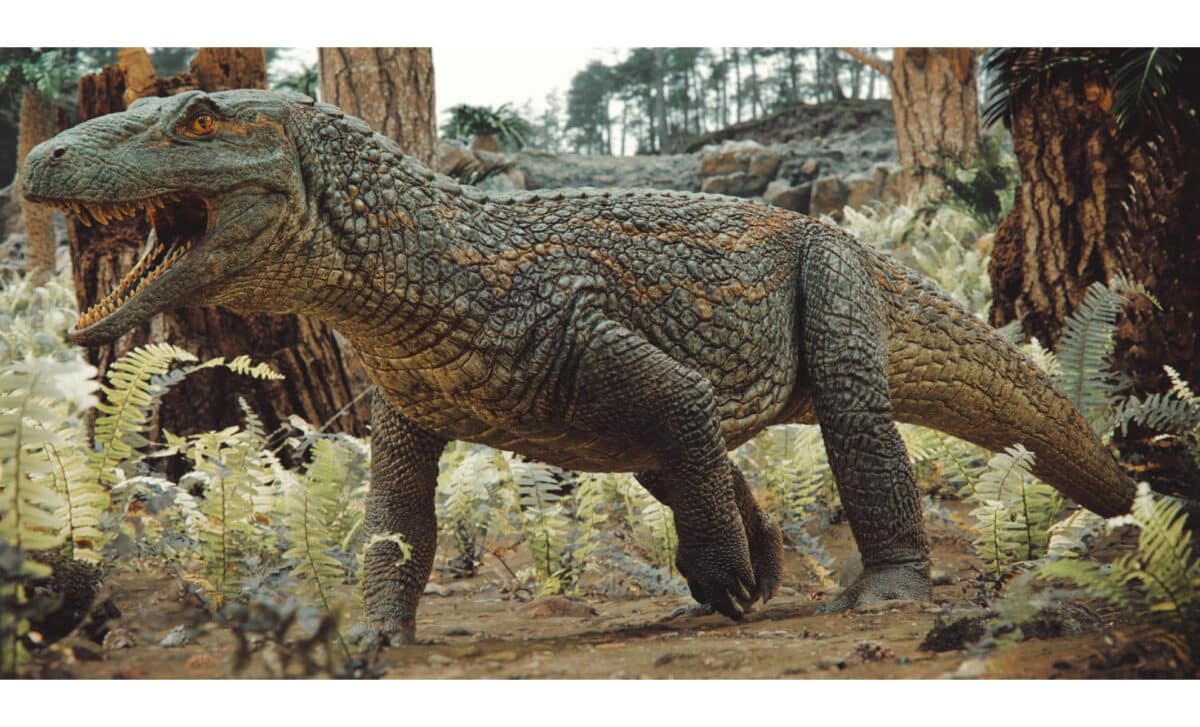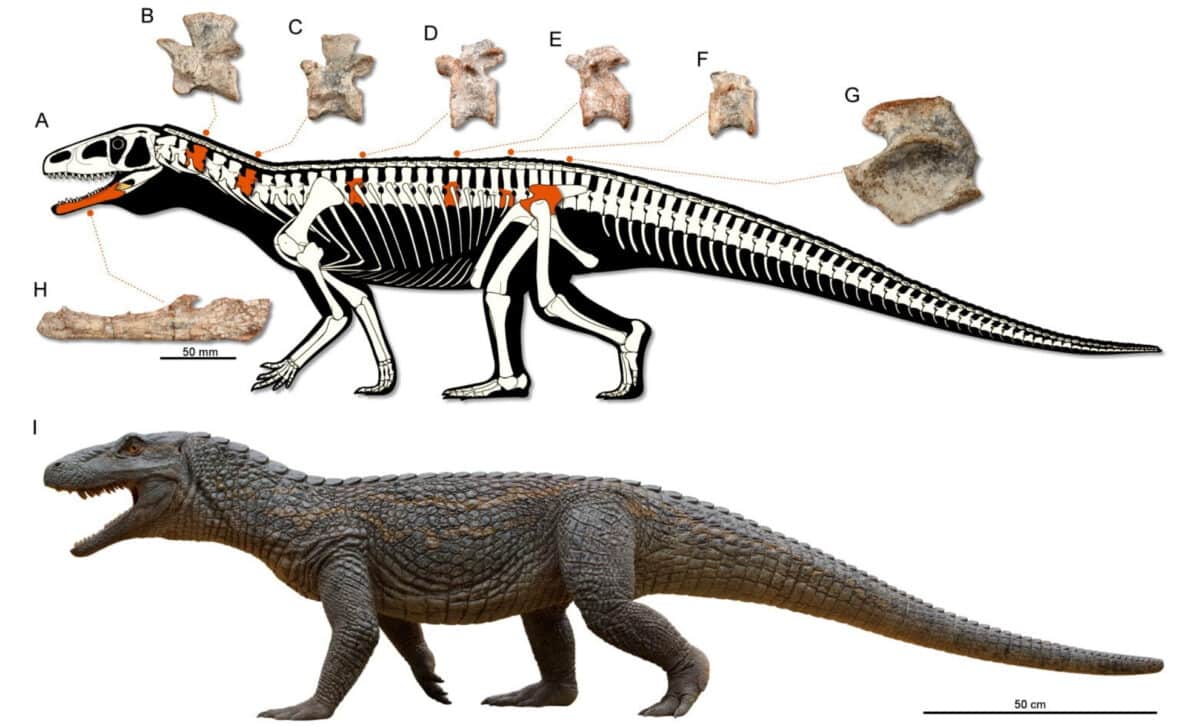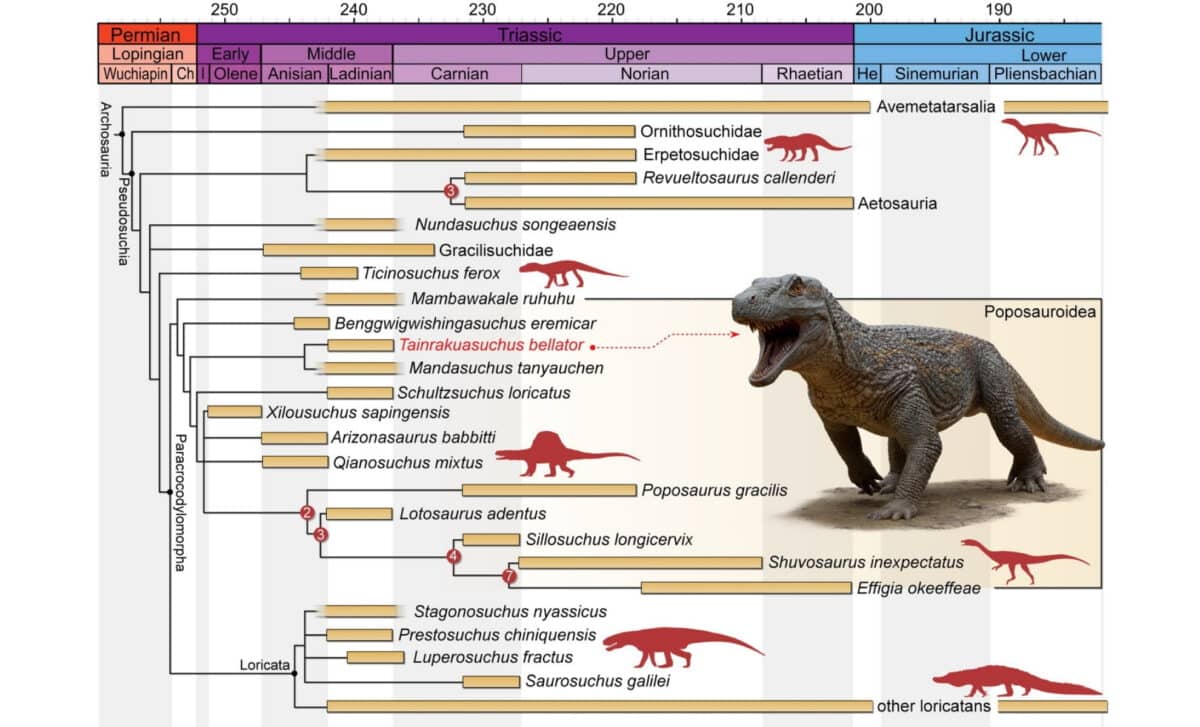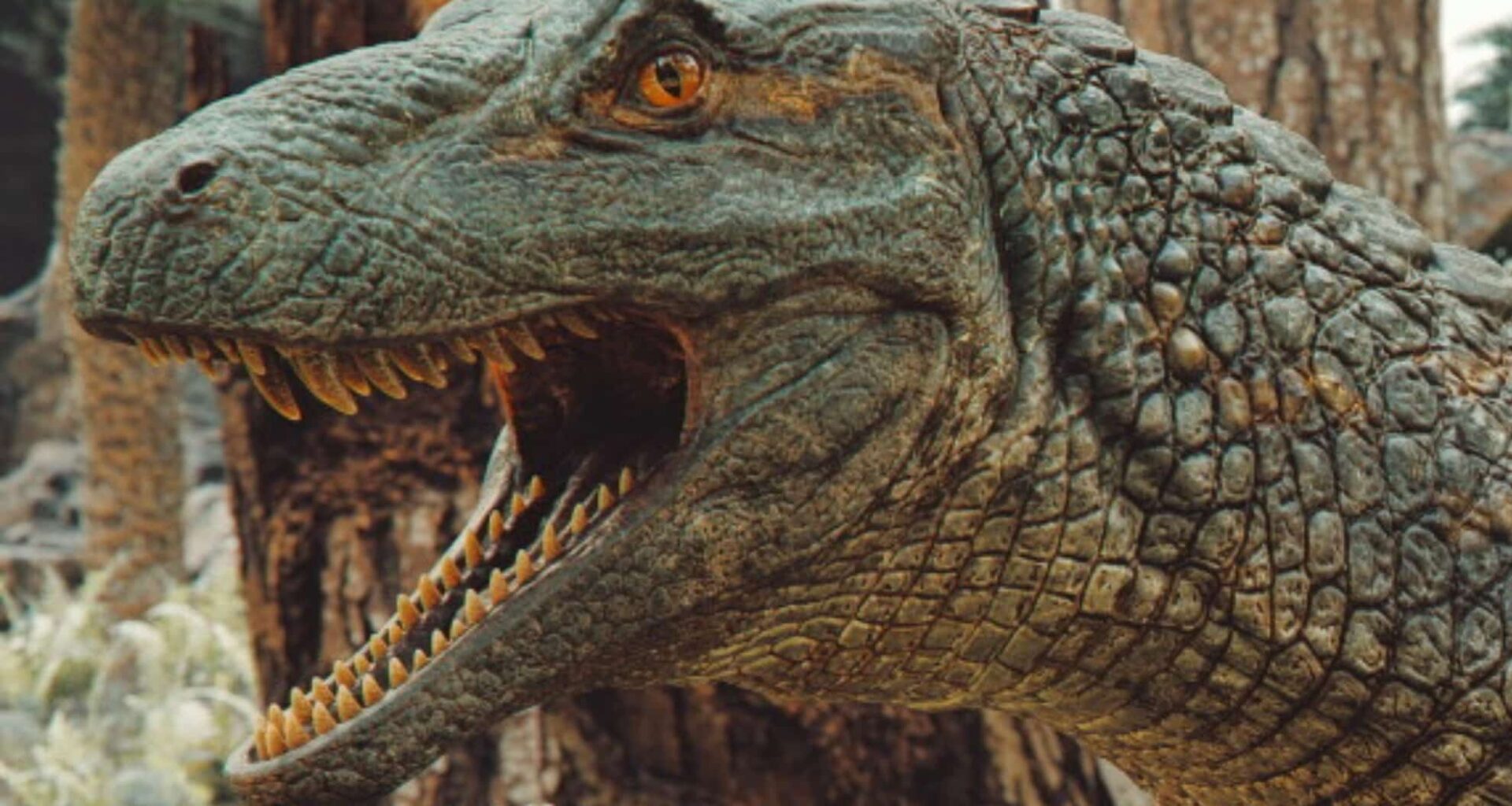This newly discovered ancestor of crocodiles roamed the planet some 240 million years ago, and its swift, predatory nature makes it one of the most interesting creatures from the pre-dinosaur world. Though it may look like a dinosaur, Tainrakuasuchus belongs to a separate lineage, one that eventually led to today’s crocodiles and alligators.
Uncovered in southern Brazil, the fossils of Tainrakuasuchus bellator offer a glimpse into a world of complex ecosystems filled with fierce reptiles. This discovery adds an important piece to the puzzle of pre-dinosaur life, revealing not just a new species, but also shedding light on the diverse ecological roles these reptiles played in their environment.
A Fast and Agile Predator
At 7.9 feet long and weighing 132 pounds, Tainrakuasuchus bellator was not the largest predator of its time, but it was built for speed and precision. The creature’s anatomy—particularly its long, flexible neck and slim snout—suggests it was a hunter that relied on agility rather than brute strength.
With recurved teeth designed to grip and hold onto prey, it was well-suited to quick, decisive strikes. Researchers believe it hunted smaller animals with lightning-fast lunges and controlled bites, effectively immobilizing its prey before it could escape.
Lead researcher Rodrigo Temp Müller notes that, although Tainrakuasuchus was not the biggest predator, its specialized features made it a highly effective one. Its agile body and sharp teeth allowed it to fill an important niche in the Triassic food chain, reports Earth.com.

A Unique Species with Crocodile Roots
The fossils of Tainrakuasuchus were discovered in May 2025 near Dona Francisca, in the southern Brazilian state of Rio Grande do Sul. These fossils—fragments of the lower jaw, vertebrae, and pelvic bones—were found to belong to a species previously unknown to science. Researchers from the Universidade Federal de Santa Maria carefully prepared the fossils, revealing features that distinguish Tainrakuasuchus from other known prehistoric creatures.
The genus name, Tainrakuasuchus, combines words from the Guarani language and Greek, referring to the creature’s sharp, crocodile-like teeth. The species name, bellator, is a tribute to the people of Rio Grande do Sul, symbolizing their resilience in the face of natural disasters like devastating floods. According to Müller, the discovery of this new species is significant because it helps fill gaps in our understanding of the ancient reptiles that eventually gave rise to modern crocodiles.

Life Before the Dinosaurs
Tainrakuasuchus bellator lived during the Triassic period, a time when the first dinosaurs were beginning to emerge. While dinosaurs would eventually come to dominate the planet, reptiles like Tainrakuasuchus filled various ecological roles long before that. The environment in southern Brazil at the time was characterized by vast, arid deserts, similar to the regions where the first dinosaurs appeared.

This discovery suggests that reptiles had already diversified into different types of predators, from large apex hunters to smaller, more agile creatures like Tainrakuasuchus. Müller explains that the discovery of Tainrakuasuchus helps us better understand the complexity of ecosystems in the period before dinosaurs, where reptiles had already carved out various survival strategies and ecological niches. By studying these ancient creatures, we gain a clearer picture of the food webs that existed before dinosaurs began to dominate the planet.
